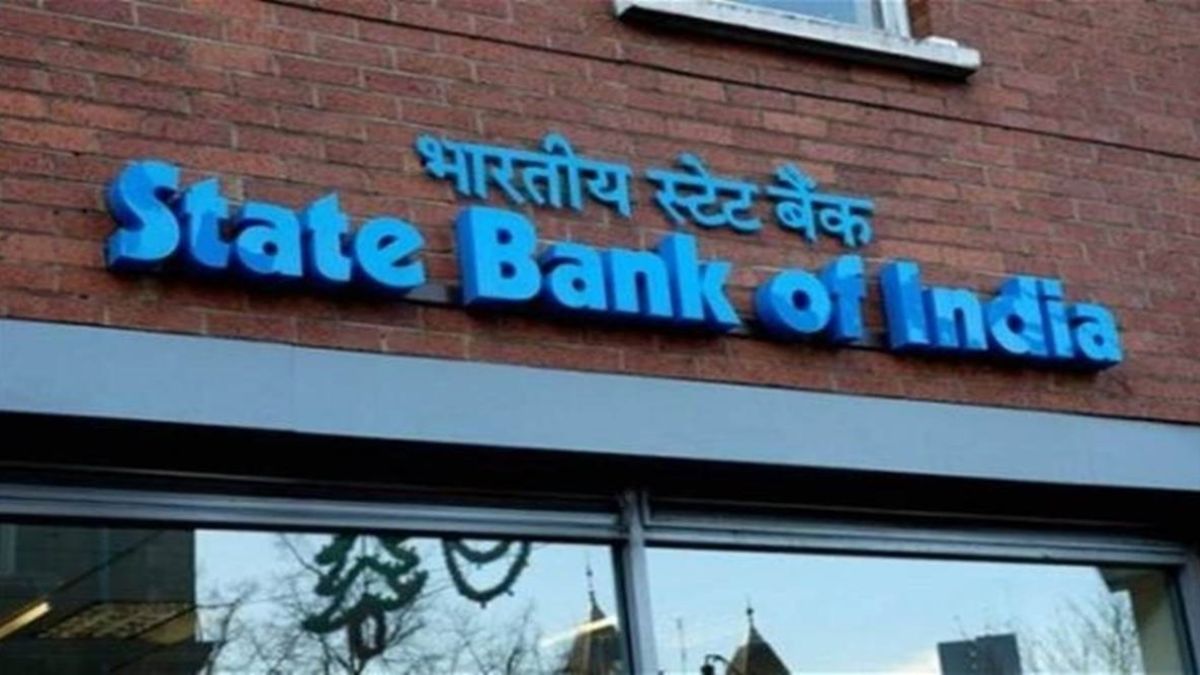
In its report a year ago, SBI Research had estimated that MSME loan accounts worth Rs 1.8 trillion (14% of such outstanding advances) were saved from slipping into NPAs until then due to the ECLGS. It had helped save 15 million jobs.
The Emergency Credit Line Guarantee Scheme (ECLGS), launched in the wake of the pandemic in May 2020, has prevented loans of Rs 2.2 trillion to micro, small and medium enterprises (MSMEs), or 12% of the outstanding credit to these units, from slipping into non-performing assets (NPAs), according to a research report by State Bank of India (SBI).
The scheme, under which the government offers 100% guarantee on the loans disbursed, thus prevented 1.46 million MSMEs accounts from being downgraded and saved 16.5 million jobs until November, 2022. Assuming four family members per worker, the prevention of job losses saved the livelihood of 66 million people. As many as 93.8% of these accounts were in the micro and small category, said the report by Soumya Kanti Ghosh, group chief economic adviser at SBI.
In its report a year ago, SBI Research had estimated that MSME loan accounts worth Rs 1.8 trillion (14% of such outstanding advances) were saved from slipping into NPAs until then due to the ECLGS. It had helped save 15 million jobs.
The scheme was initially meant to support only MSMEs but its scope was later expanded to cover select categories of larger entities. The limit of the loan has been raised to Rs 5 trillion from the initial Rs 3 trillion. According to the RBI’s Financial Stability Report released last month, loans of Rs 2.82 trillion were disbursed until September 2022.
According to the latest SBI report released on Monday, the trading sector (Kirana shops, etc.) has gained the most, followed by food processing, textiles and commercial real estate, it said. Gujarat has been the biggest beneficiary of the scheme, followed by Maharashtra, Tamil Nadu and Uttar Pradesh, given the large-scale presence of MSMEs in these states.
The report said, thanks to ECLGS support and a rise in economic activities, there is evidence of MSMEs getting bigger since the beginning of FY22, with several units exceeding the annual turnover threshold of Rs 250 crore (by the new definition of MSME units). “This will increase the ability of MSME units to raise capital through (non-bank) debt markets,” the report said. Bigger size also suggests integration of MSME units with a larger value chain as production-linked incentive schemes are also getting momentum, it added.
Moreover, while only 410 companies have so far listed on the BSE SME platform, nearly 40% of them have moved up to mainstream platform. This indicates that capital market listing helps in gaining further scale much quickly, the report added.
The report pitched for an overhaul of various official loan guarantee schemes for MSMEs. “Multitude of Credit Guarantee Schemes currently are in vogue resulting in somewhat avoidable complexities directly concerning MSMEs,” it said. For example, both CGTMSE (Credit Guarantee Fund Trust for Micro and Small Enterprises) and NCGTC (National Credit Guarantee Trustee Company) offer the credit guarantee product for MSMEs, though the guarantee structure and features are different.
It revealed that the recently-launched Udyam Assist Platform (UAP) can potentially bring 50 million informal micro enterprises (IMEs) into the formal sector. This will open up credit channels, such as priority sector lending facility by banks, for them. This will ultimately boost employment, ensure credit expansion and lay forth architecture for formal credit mechanism, it said.
The report said MSME units that had staged a smart recovery post pandemic are edible oil, printing, consumer durables, pharmaceuticals, jute, aviation, and many others, whereas the sectors of cement, petrochemicals, fertilisers, telecom and road have still not fully recovered from the pandemic.
ALSO READ
Explained: How new Udyam Assist Platform for micro enterprise registration works? Check details
Delhi, Karnataka, Tamil Nadu and Maharashtra are among the states that have rebounded from the pandemic in terms of credit outstanding to the MSME sector as of March 2022 from their pre-pandemic level (March 2018). “These are mostly the states where prevalence of Covid case was very high,” the report said.
Meanwhile, MSME credit outstanding in Chattisgarh, Madhya Pradesh and Punjab was below the March 2018 level. “However, almost all states are on the path of recovery and will soon cross the pre-pandemic level by the end of 2022-23,” the report suggested.